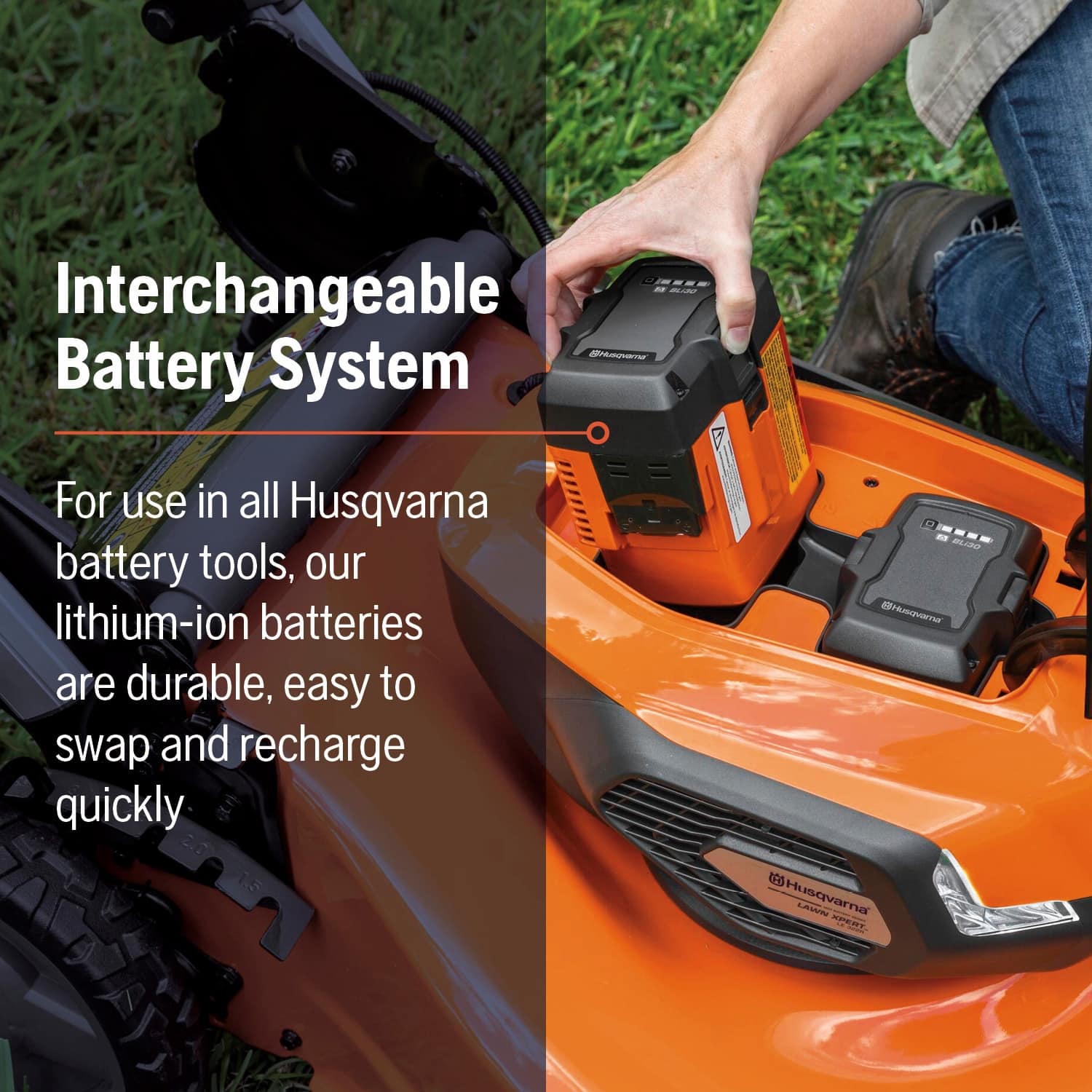Are Riding Lawn Mower Engines Interchangeable? Decoding the Engine Swap Dilemma
When your trusty riding lawn mower's engine sputters its last breath, the prospect of a full replacement can be daunting. Could a simple engine swap breathe new life into your machine, or is it a complex endeavor fraught with compatibility issues? This is a pivotal question for anyone facing a potential engine replacement, as the answer can significantly impact both cost and effort.
In this blog post, we aim to dissect the intricacies of engine interchangeability in riding lawn mowers, providing an objective assessment of the factors involved. We'll delve into the technical aspects, explore the potential challenges, and highlight the considerations to make before embarking on an engine swap.
The Illusion of Simplicity
At first glance, swapping a lawn mower engine might appear as simple as unbolting the old one and dropping in a new one. However, the reality is far more nuanced. While some engines might share similarities in mounting patterns and basic specifications, several crucial factors can affect compatibility.
Factors Affecting Interchangeability
Engine Mounting and Bolt Pattern: The physical dimensions and bolt pattern of the engine's mounting plate must match the mower's frame. Even slight discrepancies can render an engine incompatible.
Crankshaft Size and Configuration: The crankshaft, which connects the engine to the mower's drive system, must have the correct diameter and length, as well as the appropriate keyway and PTO (Power Take-Off) configuration. Mismatches here can prevent the engine from connecting to the mower's transmission or other driven components.
Electrical System: The electrical system of the new engine must be compatible with the mower's wiring harness and other electrical components. This includes the starter motor, charging system, and any safety switches.
Fuel System: The fuel tank, lines, and carburetor (or fuel injection system) must be compatible with the new engine's requirements. Differences in fuel delivery or fuel type can lead to performance issues or even engine damage.
Exhaust System: The exhaust manifold and muffler must fit within the mower's frame and connect properly to the new engine. In some cases, modifications or custom fabrication might be necessary.
Cooling System: The cooling system, whether air-cooled or liquid-cooled, must be adequate for the new engine's heat output. Insufficient cooling can lead to overheating and potential engine failure.
Throttle and Choke Controls: The new engine's throttle and choke controls must be compatible with the mower's existing controls or require modifications to ensure proper operation.
When Engine Swaps Are Feasible
While engine swaps can be complex, they are certainly possible in certain scenarios. If you're considering an engine swap, look for these favorable conditions:
Same Brand and Model: Swapping an engine with one from the same brand and model, or a very similar model, is often the most straightforward option. The mounting, crankshaft, and other critical components are more likely to be compatible.
Engines Designed for Replacement: Some manufacturers offer "universal" or "replacement" engines that are designed to fit a variety of mower models, simplifying the swap process.
Professional Assistance: If you're not mechanically inclined or lack the necessary tools and expertise, seeking professional assistance from a qualified technician is highly recommended. They can assess compatibility, perform the swap safely, and ensure the new engine is properly installed and adjusted.
The DIY Approach: Proceed with Caution
If you're a confident DIYer and have the necessary skills and tools, you can attempt an engine swap yourself. However, it's crucial to do thorough research, consult your mower's owner's manual, and gather all the necessary information and parts before proceeding.
Remember, a successful engine swap requires meticulous attention to detail and adherence to safety protocols. If you encounter any uncertainties or challenges, don't hesitate to seek professional help.
Conclusion
While engine interchangeability in riding lawn mowers isn't always straightforward, it's certainly possible under the right circumstances. By carefully considering the factors involved and making informed decisions, you can potentially breathe new life into your trusty machine and extend its lifespan.
Whether you choose to tackle the swap yourself or enlist the help of a professional, remember to prioritize safety and ensure the new engine is compatible and properly installed. With careful planning and execution, an engine swap can be a cost-effective and rewarding way to keep your lawn mower running smoothly for years to come.
References:

Post a Comment for "Are Riding Lawn Mower Engines Interchangeable? Decoding the Engine Swap Dilemma"